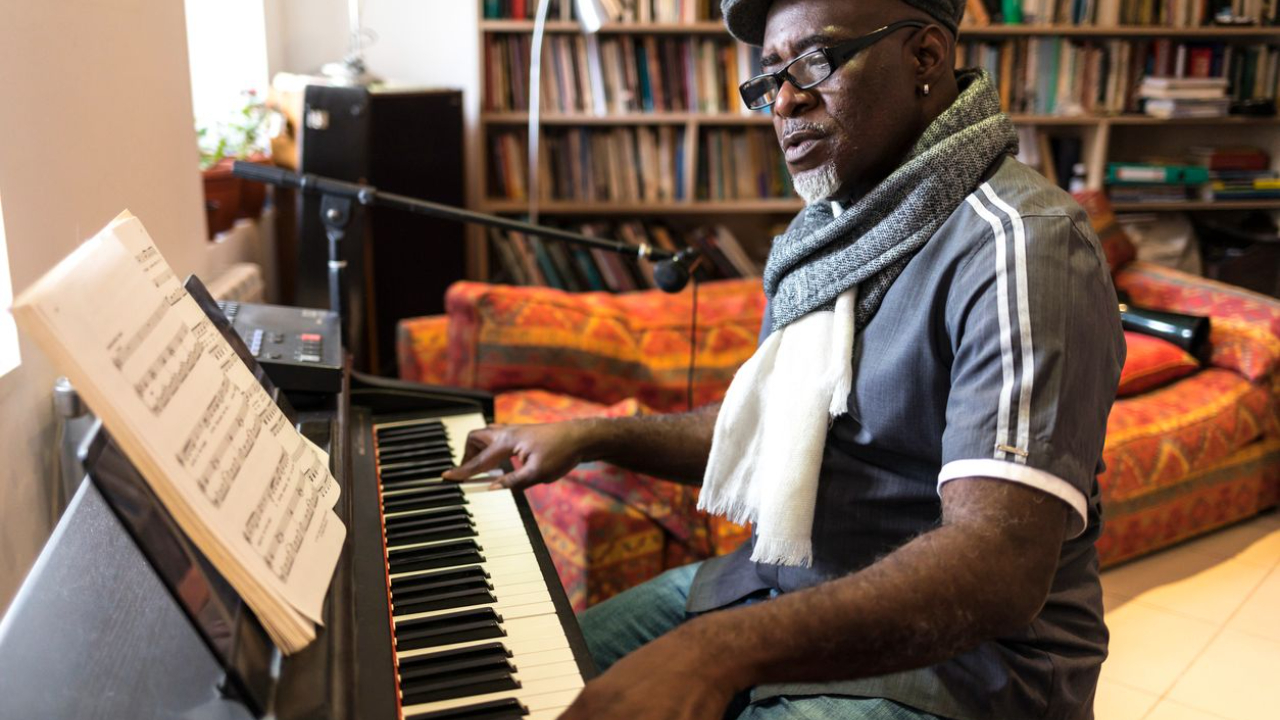The Important Process of Unlearning in Music
Mar 20, 2025
If you started learning piano as a child, the instrument likely felt enormous. Unlike violins or guitars, pianos don’t come in half or three-quarter sizes to accommodate smaller hands. While some pianos have fewer than 88 keys, the size of each key remains constant.
Young students often develop compensatory movements like twisting, pressing, and banging to adapt to their physical limitations and their perception of the instrument's size.
As adults, we must change our orientation to the piano. What once seemed far and required excessive stretching, reaching, and force—such as playing octaves—may no longer be a challenge. We can let go of old beliefs that certain tasks are "hard" or "boring" because we now have the wisdom of experience. Children press keys with force because, to a five-year-old, the keys feel heavy. As adults, we need far less effort and can benefit from unlearning strategies that were once necessary but no longer serve us.
Unlearning is not just a mental shift; it is a biological process. When you unlearn something, the neural pathways associated with it weaken and shrink, making way for new, more efficient connections. This reallocation of neural resources allows for more advanced levels of practice and playing.
Neuroscience confirms that different brain chemistry is involved in unlearning. Learning strengthens neural connections through long-term potentiation (LTP)—"neurons that fire together, wire together." Conversely, unlearning happens through long-term depression (LTD)—a process where unnecessary neural connections fade away. This has nothing to do with mood but is an essential part of neuroplasticity.
Unlearning is just as important as learning, and embracing it can transform your approach to the piano.
